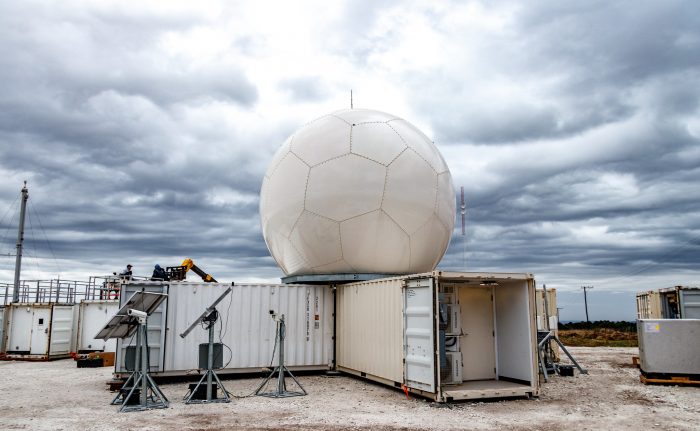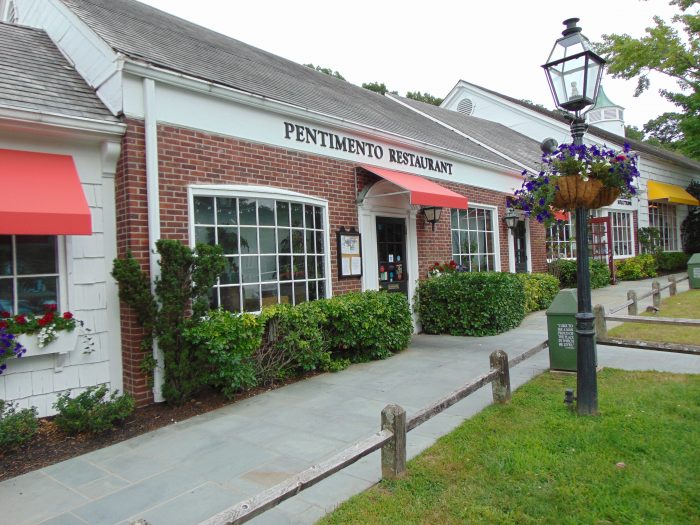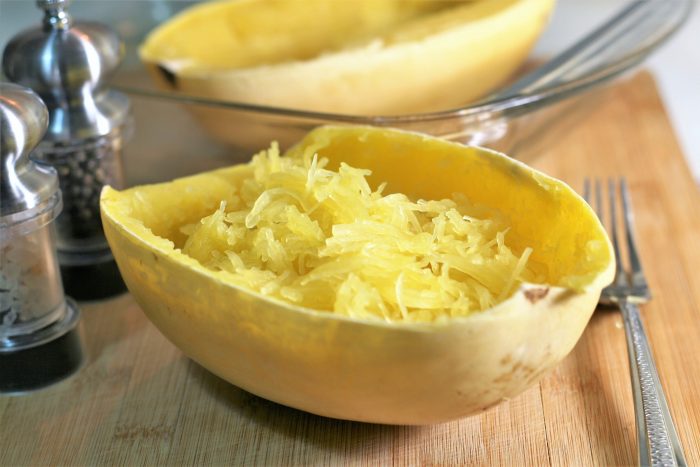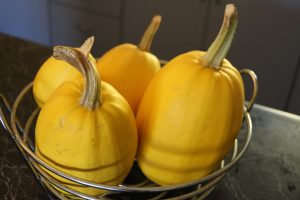By Daniel Dunaief

This time of year, my dog walks with relief and trepidation.
The relief comes from temperatures that have cooled off enough that his heavy fur doesn’t exacerbate the humidity and discomfort from stifling heat.
The trepidation arises out of the emergence of ominous additions to the neighborhood that change the world he knows.
The spiderwebs along fences and hanging on bushes and trees don’t bother him, but the ghosts planted in the ground, the green glow-in-the-dark skeletons and the hanging vampires terrify him, as he prefers to scamper toward the street and passing cars rather than walk near an inexplicable figure swaying in the wind, hovering over him like some supernatural predator.
And so it was, recently, that we took an early October walk through our neighborhood.
While these figures create anxiety for him, I was mulling the numerous global threats to the future for which we Americans and we humans are grappling. Global warming, debt limits, infrastructure bills, gun violence, the pandemic, partisanship, educational deficiencies, a destructive oil spill in California and everything else ricocheted around my head as I thought of the many looming crises.
A sight on the horizon snapped me out of my anxiety labyrinth. There, around the corner, appeared to be roadkill.
In the distance, I couldn’t recognize it, but I was sure that, once we got closer, my dog would pull desperately to inspect the flesh and innards of a former living creature.
Generally, when I try to pull away from decaying matter on the road, my dog seems eager to get as close as he can, like a forensic photographer or a police inspector from Law & Order, trying to figure out who might be at fault for the end of a life, whether the driver tried to maneuver away from the animal based on any skid marks nearby, or, perhaps, whether the animal contributed to its own untimely end.
I try to distract him, whistling, calling his name, tugging ever so slightly on his leash to redirect him away from these sites, hoping to keep far enough away that the flies feasting on rotting animal flesh don’t land on us.
Usually, such maneuvers have the same effect as making suggestions to my kids about what to do, like studying the bassoon because every band needs a bassoon player and many schools are lucky to have one or two such double-reeded wonders: they cause an equal and opposite reaction.
I’m sure Newton’s third law wasn’t referring to parenting, but it seems that when we say “here” they want to go “there,” and when we say “there,” they want to go “here.” My dog seems to have studied the same playbook in response to any such guidance or direction.
As we walked, I pulled left, trying to figure out what was on the road, which seemed broken into four parts. This could be a particularly unappealing mess, I thought, trying not to make a subconscious suggestion through the leash that he head straight for it.
I held my breath as a slight wind picked up from the other side of the detritus, hoping I wouldn’t smell something awful and that, somehow, neither would my dog.
As we got closer, I used my peripheral vision. That’s when I noticed something unusual. Amid the odd red and brown colors was a mixture of an orange and blue mess. What kind of animal’s innards are orange and blue? Was this a Halloween roadkill?
I deciphered letters on the ground. That was definitely not blood. It was a Burger King wrapper, with obliterated fries, a flattened Whopper and a crushed cup.
Perhaps too focused on the Halloween decorations, the dog wasn’t at all interested or enticed by the fast food roadkill.


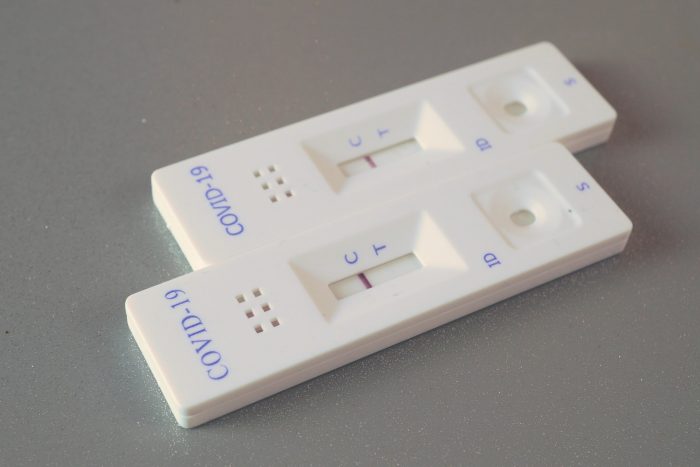

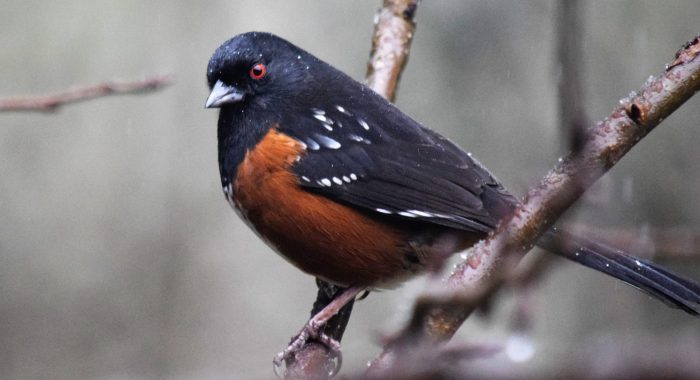
 For example, two scientists discussing otter biology need to know what otter species they’re talking about. Is it the Sea Otter (Enhydra lutris)? Or maybe the River Otter (Lontra canadensis) or Asian Small-clawed Otter (Aonyx cinereus)? How about Giant River Otter, (Pteronura brasiliensis), European Otter (Lutra lutra) or any other of the thirteen species of otters found in the world. In discussing some aspect of otter ecology or biology, just mentioning “otter” may not be sufficient to provide the level of specificity or accuracy needed. Researchers need to know they’re both talking about the same species of otter. Or bacteria. Or slime mold. Or many other species that can affect us.
For example, two scientists discussing otter biology need to know what otter species they’re talking about. Is it the Sea Otter (Enhydra lutris)? Or maybe the River Otter (Lontra canadensis) or Asian Small-clawed Otter (Aonyx cinereus)? How about Giant River Otter, (Pteronura brasiliensis), European Otter (Lutra lutra) or any other of the thirteen species of otters found in the world. In discussing some aspect of otter ecology or biology, just mentioning “otter” may not be sufficient to provide the level of specificity or accuracy needed. Researchers need to know they’re both talking about the same species of otter. Or bacteria. Or slime mold. Or many other species that can affect us.

